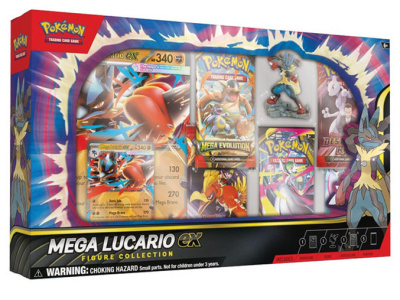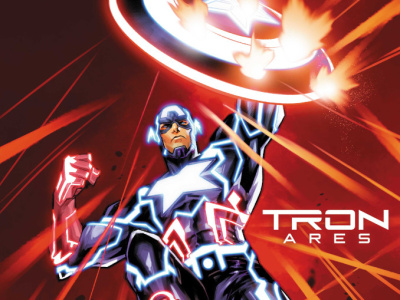A recent spate of variant covers by the Big Two comic publishers is causing concern in some quarters that the increasing use of the technique is a trend that will end badly. DC's addition of two new covers for key Superman titles followed by Marvel's addition of a variant on Astonishing X-Men #1 indicated to some that this phenomenon was accelerating, perhaps in a bad direction. A tit-for-tat increase seemed to be taking place. Others see it as an innocuous marketing technique that will do no harm at current levels.
There does seem to have been an increase in the use of variant covers both for first and for second printings in the last couple of years. The increase in the number of first printing variants seemed to flow from the success of Dreamwave's first books, which used variant covers as incentives for ordering. And DC's increasing use of new covers to mark second (and subsequent) printings over the last couple of years lent the practice a new legitimacy.
The situation is drawing a lot of comparisons to the early 90s, when both the Big Two, and new, more aggressive publishers such as Valiant and Image found themselves doing more and more elaborate cover stunts to boost sales. Eventually, the aftermarket for such products collapsed, and the practice fell into disfavor.
We talked to the top four comic publishers last week to understand their current strategies for using variant covers, how they felt the practice affects retailers, and whether they thought this trend was hitting dangerous levels. Each of the interview subjects has a different way of using variant covers in his company, and each has a unique perspective on the practice and what it means for the industry.
For the individual interviews please see:
'Variant Covers -- Marvel's Gui Karyo'
'Variant Covers -- DC's Bob Wayne'
'Variant Covers -- Image's Erik Larsen'
'Variant Cover -- Dark Horse's Jeff Macey'






